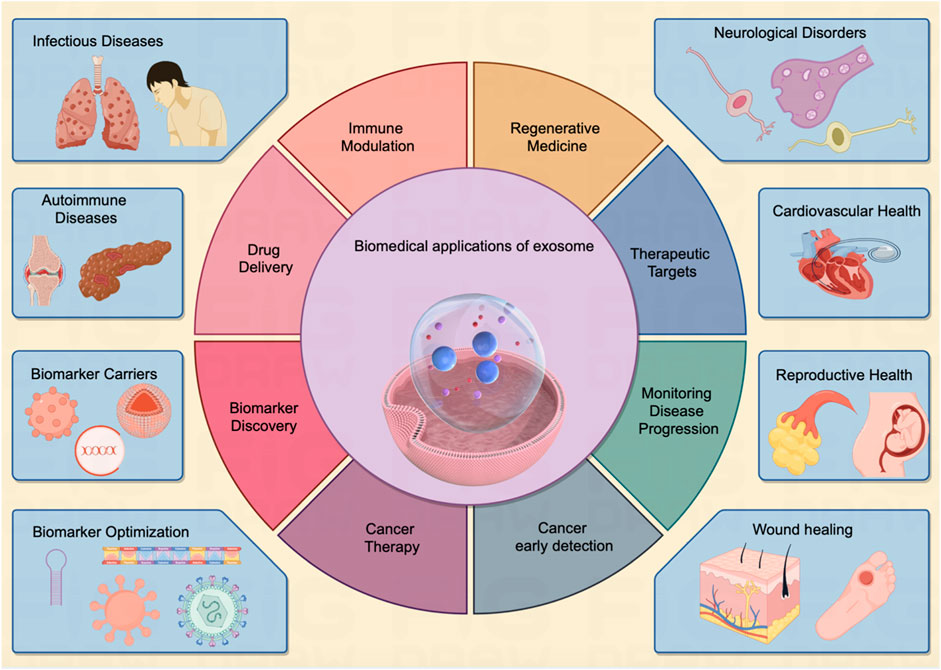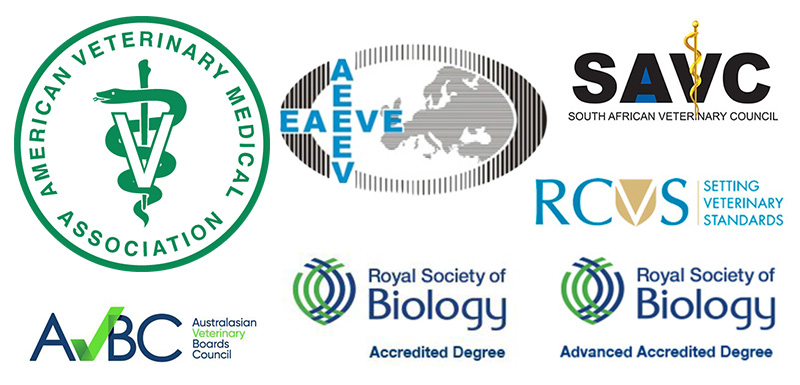Advancements in Cardiovascular Health and Alignment with Sustainable Development Goals
A report on diagnostic innovations for atherosclerotic heart disease highlights significant progress in preventive cardiology, directly supporting the objectives of Sustainable Development Goal 3 (Good Health and Well-being). The increasing use of Coronary Artery Calcium (CAC) scans offers a more precise method for risk assessment, crucial for reducing premature mortality from non-communicable diseases (NCDs), a key target under SDG 3.4.
Diagnostic Innovation and Preventive Care (SDG 3 & SDG 9)
The Role of Coronary Artery Calcium (CAC) Scans
The CAC test is a specialized CT scan designed to detect calcifications and plaque in the coronary arteries. It is not a universal screening tool but is intended for a specific patient demographic to refine risk assessment and guide therapeutic decisions. Its application aligns with SDG 9 (Industry, Innovation, and Infrastructure) by leveraging technological advancements for improved healthcare outcomes.
- Target Population: Asymptomatic patients aged 40 to 75 with no prior history of heart attack or stroke.
- Primary Function: To clarify the 10-year risk of a major cardiac event for individuals assessed as having “borderline” (5% to 7.5%) or “intermediate” (7.5% to 20%) risk based on traditional factors like age, cholesterol, and blood pressure.
- Objective: To determine the necessity and intensity of statin therapy, a proven intervention for reducing cardiovascular events.
Clinical Application and Decision-Making
The CAC score provides a direct measure of arterial plaque burden, moving beyond population-based risk models to offer personalized data. This data-driven approach empowers clinicians and patients to make more informed decisions about long-term medication.
- Score of Zero: Indicates no calcification and a very low risk, suggesting that statin therapy is likely unnecessary at present.
- Score Above Zero: A positive score (e.g., 1-99) indicates the presence of atherosclerotic disease, and statins are generally offered.
- Score Above 100: Signifies a higher risk, often prompting the use of higher-intensity statin therapy.
- Score Above 300: Indicates a substantial risk, approaching that of individuals who have already had a heart attack, necessitating aggressive treatment strategies.
Addressing Non-Communicable Diseases and Health Equity (SDG 3 & SDG 10)
Enhancing Statin Adherence for NCD Prevention
A significant challenge in achieving SDG 3.4 is patient adherence to preventive medications like statins. Reluctance often stems from a lack of perceived risk or fear of side effects. The visual and quantitative evidence from a CAC scan has been shown to be a persuasive tool, improving patient acceptance and adherence to prescribed statin regimens. While side effects like muscle pain are reported, research indicates the actual risk is lower than perceived, and management strategies such as dose adjustment or switching medications are often effective.
Challenges in Equitable Access and Affordability
The full public health potential of CAC testing is constrained by issues of equity, a core principle of SDG 10 (Reduced Inequalities). Key barriers include:
- Cost: The test is often not covered by insurance plans, including Medicare, requiring out-of-pocket payments ranging from under $100 to $300. This economic barrier can create disparities in access, disadvantaging lower-income populations.
- Evidence Gaps: The U.S. Preventive Services Task Force has cited “insufficient” evidence to recommend widespread use, partly due to the lack of a large-scale randomized clinical trial. The high cost of such a trial and a lack of commercial incentive to fund a study that could reduce medication use present systemic challenges.
- Aging Populations: For individuals over 75, the clinical utility of the scan is less clear, as most will have some degree of arterial plaque. For this demographic, healthcare decisions must balance the benefits of cholesterol-lowering against other competing health priorities, reinforcing the SDG 3 commitment to well-being across all ages.
SDGs Addressed in the Article
SDG 3: Good Health and Well-being
- The article’s central theme is the prevention and management of cardiovascular disease, a major non-communicable disease (NCD). It discusses risk assessment, diagnostic tools like the coronary artery calcium (CAC) test, and treatments such as statins to prevent “a major cardiac event, like a heart attack.” This directly aligns with the goal of ensuring healthy lives and promoting well-being for all at all ages.
SDG 10: Reduced Inequalities
- The article touches upon inequalities in access to healthcare services. It explicitly states that the CAC test, despite its value, is often not covered by insurance: “patients usually must pay for it out-of-pocket. Medicare rarely covers it.” This highlights a financial barrier that can create inequality in access to preventive care based on a patient’s economic status or insurance plan.
Specific SDG Targets Identified
SDG 3: Good Health and Well-being
-
Target 3.4: By 2030, reduce by one third premature mortality from non-communicable diseases through prevention and treatment and promote mental health and well-being.
- The article is entirely focused on the prevention and treatment of atherosclerotic heart disease, a leading NCD. It describes how the CAC test helps doctors and patients make informed decisions about starting preventive treatment with statins, which have a “proven history of reducing heart attacks, strokes and cardiac deaths.” This directly contributes to reducing premature mortality from NCDs.
-
Target 3.8: Achieve universal health coverage, including financial risk protection, access to quality essential health-care services and access to safe, effective, quality and affordable essential medicines and vaccines for all.
- The article discusses access to a quality health service (the CAC scan) and its affordability, noting it is “still being underused” partly because it is an out-of-pocket expense (“sometimes up to $300, but often $100 or less”). It also highlights the availability of “cheap, safe, effective drugs” like statins, which are essential for treatment, aligning with the goal of access to affordable essential medicines.
Indicators for Measuring Progress
Indicators for Target 3.4 (Reduce premature mortality from NCDs)
-
Mortality rate attributed to cardiovascular disease.
- This is the ultimate outcome the interventions discussed in the article aim to improve. The use of CAC scans and statins is intended to lower the risk of “cardiac deaths.” An Australian study mentioned in the article found that patients who had scans had a “significantly lower risk of heart disease.”
-
Rate of use for preventive diagnostic tests.
- The article provides a specific data point for this implied indicator, stating that “Calcium scans quadrupled from 2006 to 2017.” Tracking the usage rate of such tests can measure progress in preventive care.
-
Rate of adherence to preventive medication.
- The article highlights this as a challenge, noting that patients are “reluctant to take statins” and that in one survey, “30% had started and then discontinued” the medication. The CAC scan is presented as a tool to improve adherence, as seeing the results “meant I had to pay more attention.”
Indicators for Target 3.8 (Achieve universal health coverage)
-
Coverage of essential health services.
- The article implies this indicator by discussing the underuse of the CAC test. The fact that it is “still being underused compared to its value” suggests a gap in the coverage of this essential preventive service.
-
Proportion of population with large household expenditures on health.
- The article directly relates to this by mentioning the out-of-pocket costs for the CAC test. It states that “patients usually must pay for it out-of-pocket,” with costs ranging from “$100 or less” to “$300.” This financial burden is a key component of this indicator.
-
Insurance coverage for diagnostic services.
- A specific barrier mentioned is that “Medicare rarely covers it,” which serves as a direct, measurable indicator of financial risk protection and access to services for a specific population group (older adults).
Summary of Findings
| SDGs | Targets | Indicators |
|---|---|---|
| SDG 3: Good Health and Well-being | Target 3.4: Reduce by one third premature mortality from non-communicable diseases through prevention and treatment. |
|
| SDG 3: Good Health and Well-being | Target 3.8: Achieve universal health coverage, including financial risk protection and access to quality essential health-care services and medicines. |
|
| SDG 10: Reduced Inequalities | (Related to Target 3.8) Access to healthcare services. |
|
Source: kffhealthnews.org







